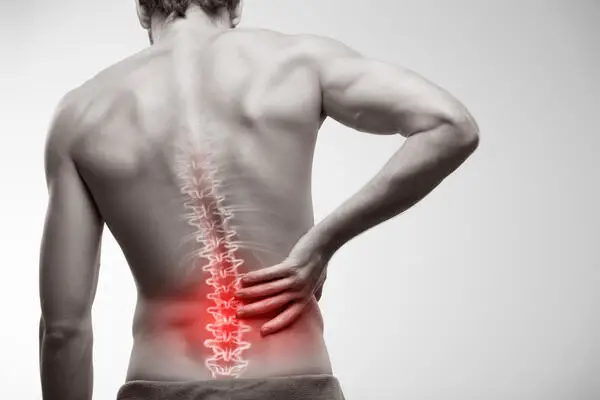
What Are the Common Causes of Back Pain?
Everyone experiences back pain at some point in their lives for various reasons. In fact, the estimate for the annual spending on its management is around USD$200 billion. How one feels back pain may vary from experiencing tightness, aching, throbbing, or, in some cases, sharp pain. It can also manifest in other body parts like your arms, neck, and head, among others.
Have you felt a pain in your back recently? This article will discuss its common causes. Continue reading to learn more.
Back pain 101
You’re not alone if you’re experiencing back pain because it’s common for everyone who goes through the wear and tear of life. And while it can be uncomfortable, most back pain resolves on its own with a little time and self-care.
But there are some cases where back pain might be a sign of a more serious underlying condition. If you experience any numbness, weakness, or radiating pain down your leg, it's crucial to seek professional help immediately.
You may also want to supplement treatment with alternative therapies like massage, yoga, and acupuncture for pain management and improved mobility. You can explore alternative therapy for back pain treatment by Shen Adelaide and other reputable holistic healing clinics you can find in your area.
Back pains are generally not alarming. It may simply be a result of a ligament or muscle strain. However, there are groups of people who are likelier to experience back pain than others. Here are some factors:
- Lifestyle and occupation. Constantly doing heavy lifting places unnecessary stress on your discs, muscles, or vertebrae. At the same time, activities or jobs that require you to bend your back can put you at risk of back pain.
- Age. According to a study, developing back pain increases as people become more advanced in years. So, it shouldn’t be a surprise that aging people are prone to back pain. People aged 30 and above are experiencing this day in and day out. Intervertebral discs, also known as the soft tissue cushioning the spinal bones, start to weaken. This results in stiffness and pain.
- Weight. Overweight or obese people carry excess heaviness that puts pressure on their backs.
- Structural concerns. Back pain can result from various structural conditions. Scoliosis, which is spine curvature, causes stiffness and difficulty in moving. Spinal stenosis is when the spinal column becomes too narrow, which compresses the nerve roots.
- Overall health. People with a history of certain diseases have higher chances of back pain. At the same time, those who have vices or are living a sedentary lifestyle pose a risk to their backs.
Research shows that an estimated 800 million people will live with back pain by 2050. While it seems like a common occurrence, it shouldn’t be overlooked.
Symptoms and causes of back pain
Just like any other condition, back pain doesn’t have one root cause. But it may be due to improper posture, lack of activity or exercise, muscle strain, disc problems, and arthritis, among others.
Along with the considerations mentioned above, there are some back pain symptoms to watch out for. The following are some of them:
- Posture concerns. People who are experiencing back pain find it challenging to straighten their posture. As a result, their stance is bent or crooked, with their torso slightly sideways instead of being aligned with their spine. Their lower back usually looks flat as well.
- Stiffness. Moving or straightening your back becomes strenuous. It may feel stiff such that standing up from your seat would take quite some time. You feel the necessity to stretch a bit in order to loosen up your body. Also, your range of motion feels hampered.
- Muscle spasms. Spasms in the back could make it hard to move, walk, or even stand.
As you become advanced in years, the structures of your spine naturally weaken. Your back remains firm, but it’s usual to feel pain.
Controlling your back pain
The pain you’re experiencing in your back can be improved with proper habits set in place. Here are some ways to reduce back pain:
- Maintain an average body weight to prevent you from exerting pressure on your back.
- Keep a good posture always. Don’t slouch or have a bent posture for extended periods.
- Wear eyeglasses and let lighting be adequate in your area to have clear vision and reduce the occurrences in which your head is flexed forward or bent down.
- Have breaks in between work hours wherein you’re in a stationary position.
- Lift items appropriately. Hold large stuff near your body. Also, lift with your legs and not your back.
Your spine health will improve as you practice these things. But if it’s not, you may consult a health professional.
Conclusion
Back pain can affect your overall well-being. However, you can improve it by having a better lifestyle. Knowing its common causes and how it manifests in your body is a great start. Consider the ideas mentioned here as you plan and prepare.